Climate Action Fellows 2024 - 2025
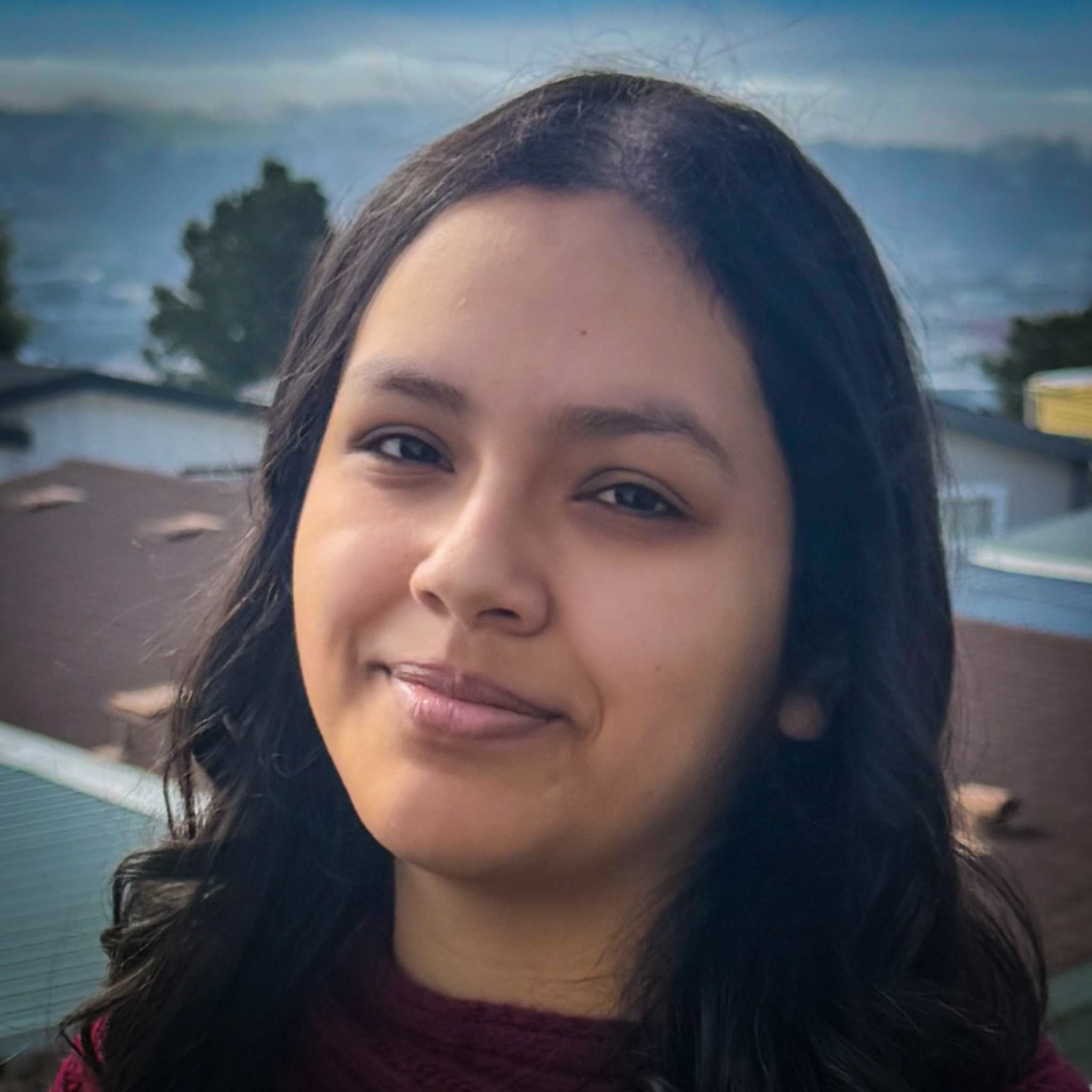
Gabriela Franco
Undergraduate, Microbiology
Connecting Microbes to Carbon Sequestration and Decomposition in Urban Environments
Greenhouse gases cause climate change, carbon dioxide being one of these greenhouse gases. Thus it is important for us to know more about carbon sequestration, the process of converting carbon dioxide into other forms of carbon. This study will give a better understanding of the role microbes play in carbon cycling, this will be done by the use of the Tea Bag Index. Gaining a better understanding of carbon cycling is crucial in understanding ways to mitigate climate change. Rapid urbanization and industrialization is a well-known contributors to climate change. For this reason, our choice of an urban environment will also be an important facet of this study. Our focus on microbes will also expand our understanding of the role of microbes in carbon cycling, whereas other climate change studies might be more focused on the contributions to carbon cycling from non-microbe organisms such as plants, insects, and other animals.
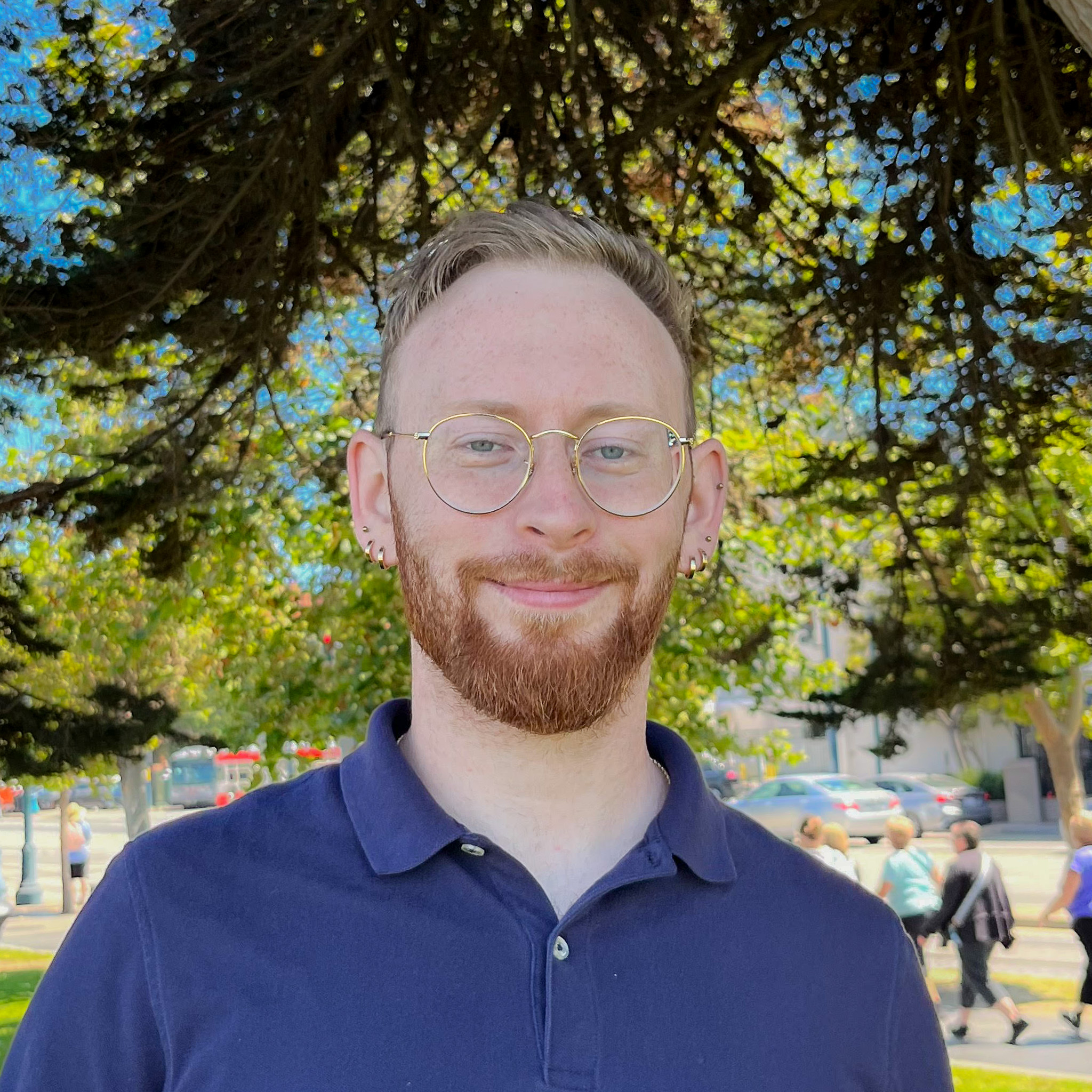
Jared Livingston
Graduate student, Resource Manag’t & Env. Planning
Climate Change and Flood Perception: Mission Bay’s Vulnerability
This project looks to reevaluate the intricate connection between flood risk perception and flood management strategy in San Francisco's Mission Bay neighborhood. Mission Bay’s geologic and hydrologic characteristics leave the neighborhood susceptible to flooding in the face of climate change. Due to increased precipitation and sea level rise, the built environment of Mission Bay is prone increased flooding and prolonged inundation. Flood risk perception aims to understand how an individual or group analyzes worry, awareness, and preparedness for a flood. However, social factors can potentially influence flood risk perception and must be counted for. This project seeks to understand the flood risk perception of the Mission Bay neighborhood and the potential social factors that may influence it through qualitative interviews with local stakeholder, advocacy and leadership groups and quantitative questionnaires to Mission Bay residents. The findings of this project will examine insights into adaptations for flood management in Mission Bay.
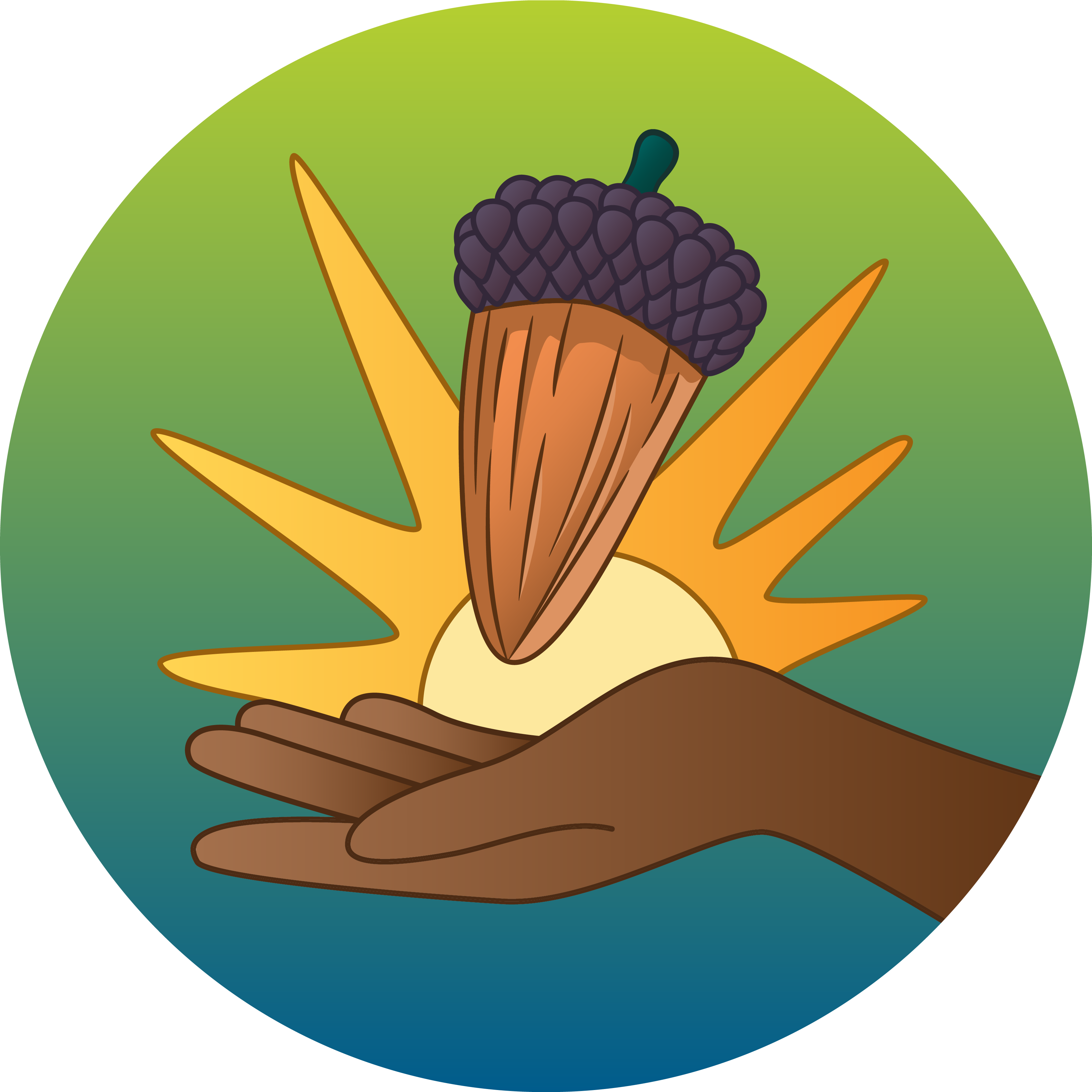
Ceclia Ng
Undergraduate, Urban Studies and Planning
Clean Air for Everybody: Community-Based Hygienic Infrastructures in the Face
of Climate and Pandemic Disaster
Since the onset of the COVID pandemic, experts in the field of occupational health and safety have highlighted the crucial role of indoor air quality (IAQ) in life expectancy and worker productivity. This project will explore the importance of community-based hygienic infrastructures in the context of compounding crises of wildfires and airborne pandemics. With a focus on assessing potential for scalability, I will partner with organizations that are doing direct work with impacted communities to build and distribute high-capacity, energy-efficient air filters to people most impacted by hazardous air quality. And, through interviews with community members most impacted by hazardous air quality and the lack of access to mitigative infrastructures, I will examine the relationships between climate catastrophe, IAQ, and health, with an emphasis on how disabled and medically vulnerable individuals often are the ones most impacted, least resourced, and yet most on the frontlines of advocacy and action.

Joaquin Felix Rosell
Graduate student, Biology
Mitigating Harmful Algal Blooms in a Changing Climate
Harmful Algal Blooms (HABs) are the exponential growth of toxin-producing algae in water bodies. This is a pervasive issue, happening in both freshwater and marine environments around the world, and is being exacerbated by the warming climate and increased frequency of extreme weather events. Toxins produced by HABs harm marine, avian, and human life. Ideally, HABs are prevented by removing excess nutrients in water, but given the continuing waste water discharge from urban, agricultural, and industrial development, this approach is infeasible. Commonly used algaecides involve heavy metal compounds that also kill fish and other aquatic life. Many researchers are looking towards plant-derived compounds for HAB control. With the help of collaborators, the He Lab synthesized a plant-derived compound called dichlorogramine (DCG). DCG has shown high-potency and highly selective growth inhibition of Microcystis aeruginosa, a leading strain of HAB forming cyanobacteria. Currently, the cellular mechanisms involved in growth inhibition by DCG are not understood. Additionally, the effectiveness of DCG on other algae strains or in dynamic field settings is not well characterized.
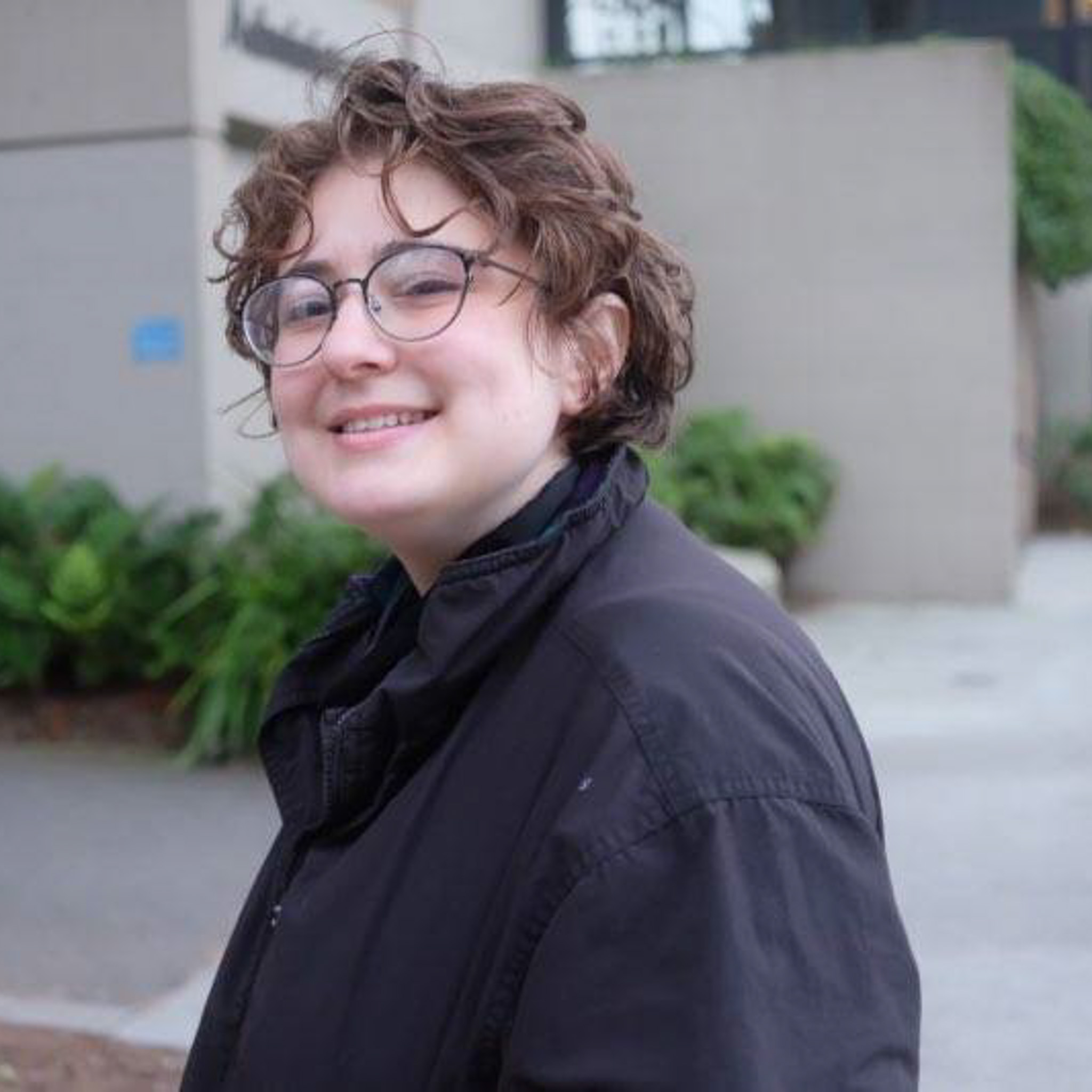
Sam Lee Silva
Graduate student, Communication Studies
Communicating Unhoused Community Resilience on the Frontlines of Climate Change
Research has shown that unhoused people are uniquely vulnerable to the climate crisis, as they’re directly exposed to storms, flooding, heat waves and air pollution with little to no resources (Blaikie, et al., 2014; Van Tol, et al., 2024; Aaby, 2022; Vickery, 2018; Benevolenza, et al., 2018). “Community resilience” is the degree to which a community can handle change and withstand crisis and it is built up or weakened daily, through a series of communicative actions (Kais & Islam, 2016). Unhoused communities possess significant networking skills and methods of building community resilience that often go unrecognized. To explore how community resilience to the climate crisis is shaped through communication, I will conduct interviews with unhoused neighbors in Marin County, then produce a public-facing ethnographic zine creatively amplifying their voices via illustration and storytelling to describe how they understand, communicate, and practice community resilience on their own terms.
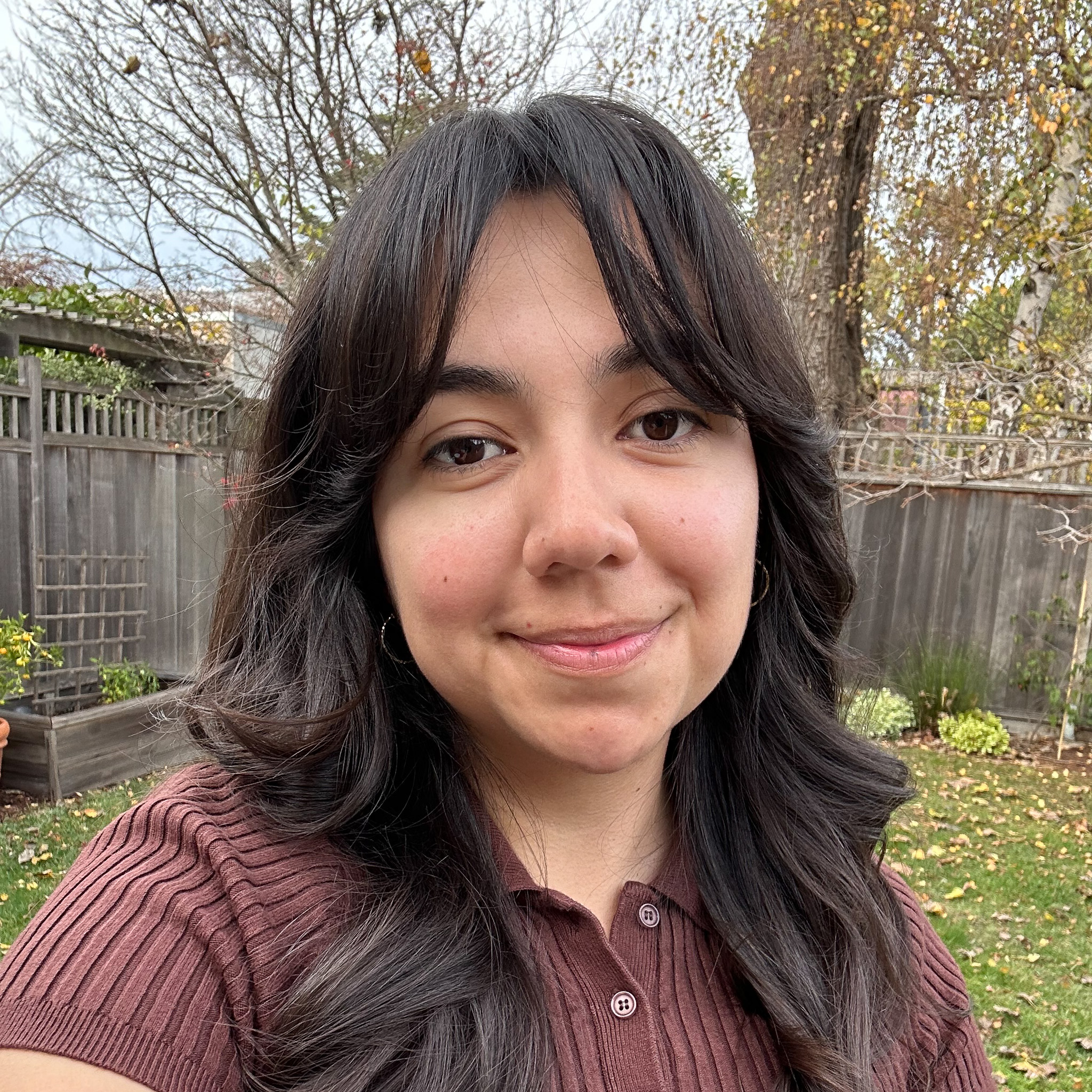
Luz Maria Soto
Graduate student, Marine Sciences
Analyzing Fish Communities and Low Dissolved Oxygen Levels in Restored Wetlands Using Environmental DNA
The proposed project aims to study the impact of low dissolved oxygen on fish communities in the Lower South Bay using Environmental DNA (eDNA), a non-invasive alternative to the traditional, more invasive and biased methods such as netting or electrofishing. Traditional methods often miss species, are resource-intensive, and provide limited snapshots of biodiversity, making eDNA a superior choice for accurate, comprehensive environmental monitoring. We will collect water samples from 12 sites to identify fish species, compare eDNA’s effectiveness against conventional methods, and examine the relationship between oxygen levels and fish community health. To this end, we will use DNA extraction, amplification, sequencing and bioinformatics. This streamlined approach promises valuable insights for wetland management and a model for efficient long-term monitoring.

Amy Yoger
Graduate student, Marine Sciences
The Effects of Ocean Acidification and Nutrient Additions on Invasive Amphipod Herbivory of Zostera Marina (eelgrass) in San Francisco Bay
Seagrasses are wide-spread marine plants that provide valuable ecological services including increased carbon sequestration, sediment stabilization, and enhanced biodiversity. Seagrass habitats are in decline globally due to threats including coastal development and climate change. As ocean conditions change rapidly due to climate change, understanding how global climate stressors like ocean acidification (OA) interact with local environmental conditions (e.g. pollution) is crucial for effective preservation and restoration of seagrass habitats. The objective of my project is to examine the effects of OA and nutrient pollution on a local seagrass, eelgrass (Zostera marina), in San Francisco Bay (SFB). Specifically, I am investigating the effects of these stressors on the feeding behavior of Ampithoe valida, an invasive and abundant amphipod that consumes eelgrass in this area. My project aims to broaden our understanding of the impacts of climate change on seagrasses and will inform effective future conservation strategies in SFB and beyond.